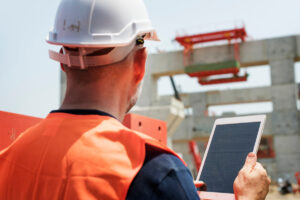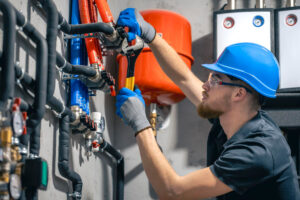Exclusive Neuroject Article: The term “Internet of Things” was coined by the guy who helped create RFID, Kevin Ashton. In fact, it was the lipstick that ultimately led to the coining of the IoT sensor term. At the time, Kevin was employed at Procter & Gamble as the Oil of Olay lipstick brand manager, and he noticed that a popular color of their lipstick was continually out of stock. Kevin decided to find out why and in digging into the problem he discovered that there was a data problem between the Procter & Gamble stores and the supply chain. The solution he came up with led him to drive the development and deployment of RFID chips on inventory.
The IoT sensor can be defined as, A huge network of interconnected things; things may be small devices, or big machines, and also includes people. Via this interconnected network, communication can occur between things-things, things-people, and people-people.
Just imagine, while your alarm rings in the morning, the lights of the room lit up, and the coffee maker is notified to start making coffee for you. The geyser has to automatically set on, warming the water for your shower. While you leave home for the office, the calendar on your smartphone may set the best route for the office and thus instruct your car to drive in the best route. Depending upon the traffic on the route, your office could be informed that you would be late for the meeting.
Table of Contents
Introduction to the Internet of Things (IoT) in 2024
Simply put, the Internet of Things refers to devices that collect and transmit data over the Internet. These devices can be anything from your toaster or washing machine to your cell phones or wearable devices such as the Microsoft Band, Smart Watch, or Fitbit, just to name a few. It is said that if a device has an on/off switch, generates data, and can connect to the Internet, chances are that it can be part of the IoT sensor.
Today, many cars are connected to the Internet. By 2020, it is estimated that over 250,000 cars will be connected to the Internet. The wearable device market grew 223% in 2015 globally. Many companies are investing in home devices, such as Samsung. It is estimated that by “connecting” kitchens to the Internet, the food and beverage industry could save as much as 15% annually. According to some estimates, the Internet of Things will add $10-$15 trillion to the global GDP in the next 20 years.
The explosion of cellular and wireless connectivity has also boosted IoT sensor solutions, allowing big data and IoT solutions to include mobile components and provide connections to the Internet that were previously impossible. As connectivity to the Internet continues to improve and become less of a cost barrier, the increase in IoT scenarios has accelerated tremendously.
Lastly, a major key factor in the explosion of IoT scenarios has been the rapid advancement in cloud services and technologies, providing a highly cost-effective solution for data storage, processing, and analysis. Coupled with the fact that the current development tools and technologies used on-premises also work when developing for the cloud makes using cloud-based services and solutions highly advantageous.

How IoT Sensors Are Reshaping the Construction Industry?
Construction job sites and locations are becoming yet another avenue for the deployment of IoT sensor to improve safety, efficiency, and productivity. Varied activities related to construction can be connected with sensors to generate data or provide automation to achieve optimal performance.
These may include but are not limited to remote operation of construction sites, replenishment of supplies, construction tools and equipment tracking, equipment servicing and repair, remote usage monitoring, power and fuel management and savings, Augmented Reality (AR), Building Information Modeling (BIM), and many more.
Suggested article’s for reading: Augmented Reality in Construction | BIM in Construction
In terms of remote operation, if machines are hooked up to the web, either physically or wirelessly, one can give instructions remotely to operators. It can operate alone in hazardous areas or environments for humans. Wearable computing such as Google Glass can help construction workers and engineers on-site to access instruction and operational manuals in hands-free mode and benefit from remote support mode that makes it possible to see what is being done.
Through the adoption of IoT Sensors in Construction, tools, and equipment are tagged and/or attached with sensors that can help project managers and supervisors to track the location and usage of such items which tend to prevent theft and pilfering, misplacement, and misuse/mislaid.
Remote Usage Monitoring is also one of the key benefits of the adoption of IoT sensors in construction. When construction equipment is linked or connected to or with an IoT sensor device, it makes it possible for the machine to generate data when the users or machines are logged in. This ensures that machines’ limits and working hours are monitored, and workers or machine overuse are prevented due to fatigue and possible accidents. Opportunities for immediate correction or remedial action can be taken.
IoT devices in construction also contribute to BIM. This is a model used to direct real-life construction when sensors are placed strategically to provide updates on a continuous basis with feedback on the way materials on site are affected by climates and time. BIM can provide data that can lead to a good understanding of issues such as changes in energy efficiency in say roofing, how structures behave under earth tremors and earthquakes, or how bridges react under the mighty weight of passing traffic.
Types of IoT Sensors and Their Applications
IoT (Internet of Things) sensors possess an extensive range of variations to accommodate multiple uses and utilization cases. Here are several popular IoT sensor types:
- Position Sensors: A position sensor measures the position of an object; the position measurement can be either in absolute terms (absolute position sensor) or in relative terms (displacement sensor). Position sensors can be linear, angular, or multi-axis. Like Potentiometer, inclinometer, and proximity sensor.
- Temperature Sensors: These sensors measure and monitor temperature variations. They are used in applications like climate control systems, environmental monitoring, and industrial processes. By way of illustration Thermometer, calorimeter, temperature gauge.
- Pressure Sensors: Pressure sensors detect and measure pressure changes. They are used in applications such as industrial automation, automotive systems, and medical devices. Such as Barometer, Bourdon gauge and piezometer.
- Proximity Sensors: Proximity sensors detect the presence or absence of objects within a specified range. They are commonly used in applications like automatic doors, touchless faucets, and object detection systems.
- Gas Sensors: These sensors detect and measure the presence of specific gases in the environment. They are employed in applications such as air quality monitoring, gas leak detection, and industrial safety systems.
- Sound Sensors: Sound sensors or microphones capture and analyze sound waves. They find applications in voice recognition systems, acoustic monitoring, and smart home devices.
- Humidity Sensors: Humidity sensors measure the amount of moisture or humidity present in the environment. They find applications in weather monitoring, HVAC systems, and agriculture. For instance Hygrometer, humistor, and soil moisture sensor.
- Occupancy and motion Sensors: Occupancy sensors detect the presence of people and animals in a surveillance area, while motion sensors detect the movement of people and objects. The difference between the two is that occupancy sensors generate a signal even when a person is stationary, whereas motion sensors do not. For example Electric eye and radar.
IoT sensor and, by extension, networked sensors have been repeatedly named among a small number of emerging revolutionary technologies that will change the global economy and shape the future. The staggering proliferation of sensors is the principal driver of this phenomenon. The astounding volume of sensors is in large part due to their smaller size, their form factor, and their decreasing cost. These factors make possible the economic and technical feasibility of having an increased density of sensors in objects of all types.
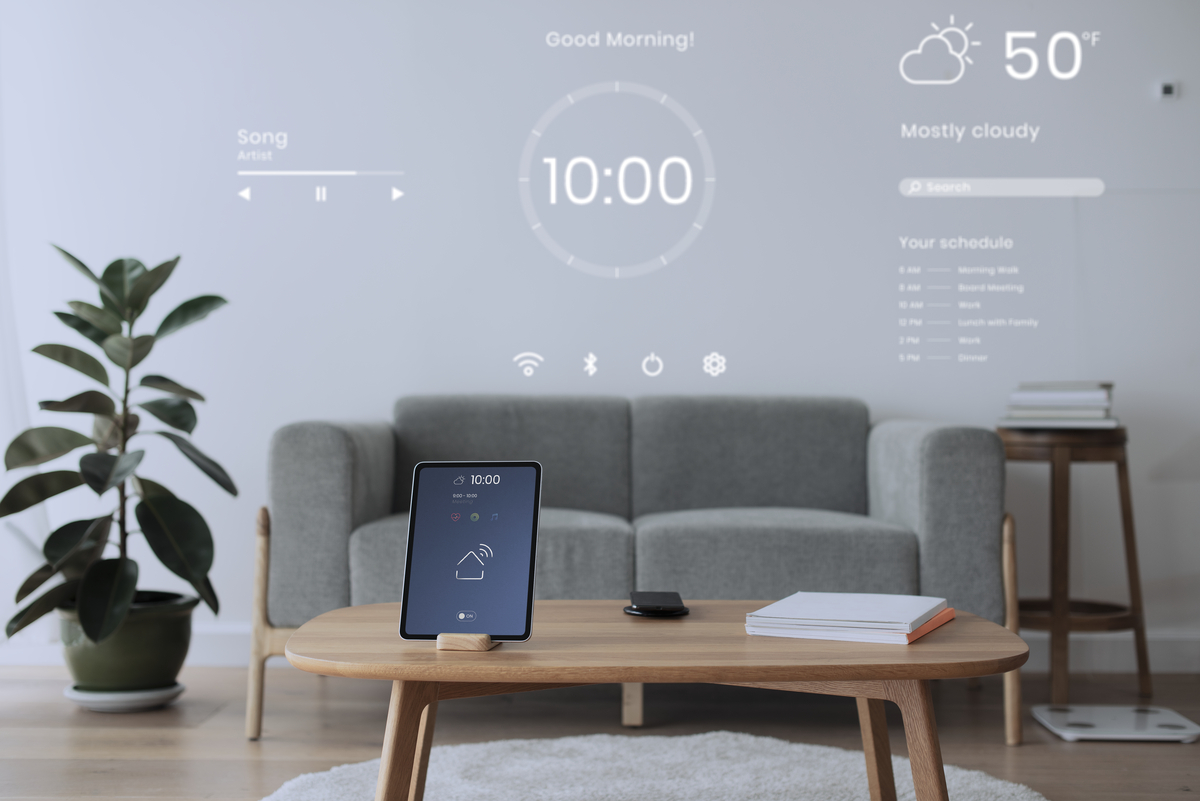
Emerging Cloud Technologies in IoT Sensors
Cloud Computing
Cloud infrastructure is a modern technical paradigm for addressing the on-demand virtual capital network which is capable of configuring/managing assets such as networks, computers, and software utilities. Cloud storage enables efficient and cost-optimized distributed usage and control of services. Cloud storage and computer resources allow IoT sensors to manage this huge data and to store and process it.
Cloud storage handles large data that enables data collection and useful knowledge to be retrieved. However, it is a difficult task to implement IoT cloud computing. Several challenges are mentioned below:
- Synchronization and standardization of heterogeneous cloud services for the interoperability of real-time infrastructure.
- Maintaining equilibrium between IoT and cloud environments is a challenge in the case of IoT sensor infrastructure.
- Due to the multi-domain security mechanisms involved in IoT sensor layers, security is a major concern for the IoT cloud.
- To maintain reliable infrastructure, cloud resources must be validated. In local infra resources, cloud computing is not necessary as there are limited data. If the cloud is triggered, the computing and operational costs should rise. To reduce internet data congestion, latency, and prices, raw data are needed to be stored on local nodes. This will further optimize the performance as well. Cloud is also used as a replacement for modern computational technologies such as Cloudlets and Fog Computing, which are intended to function as an alternative or a bridge to the cloud (De Donno,2019)
Fog Computing
Fog might be elaborated as a “mobile” cloud. Another name for Fog Computing is Cloudlets. It is used for cloud processing and backup on a large scale. This layer serves as a link between the layer of autonomous devices and the cloud storage layer. It empowers cloud storage infrastructure to be applied to edge gadgets. Similar to the web, Fog processing connectivity is strong for end-users, and hence storage, time, quality, and efficiency are enhanced.
It is regarded as a cloud of limited capacity. Fog computing reduces issues such as usability, trust, efficiency, etc. The Fog performs as a micro cloud in IoT. It offers limited capacity, for example, data storage, filtering, processing, and review to the edge of the network. Fog Computing capabilities include low latency, awareness of location, remote nodes, accessibility, the reaction in real-time, and cloud connectivity. In the case of IoT, fog, and cloud go hand in hand to achieve an optimal output (De Donno, 2019).
Edge Computing
Edge Computing (EC), as the name suggests, involves computing at the edge of the network. EC aims to overcome restrictions related to the cloud-based model of computing. It operates as an interface for end clients or products and the cloud and supports a vast range of IoT gadgets with processing and storage functions. The nearness of edge computers decreases the computing load of the central cloud data centers.
The response to real-time and decreased latency will be enhanced (De Donno, 2019). The distributed nature of device mobility in heterogeneous networks is also an advantage of EC. Some of the supportive EC features are described below:
- Geographically distributed
- Enhanced security by moving encrypted data to the core network
- Provides better response in real-time compared to the cloud model
- Improving virtualization scalability
- Potential bottlenecks of communication are limited
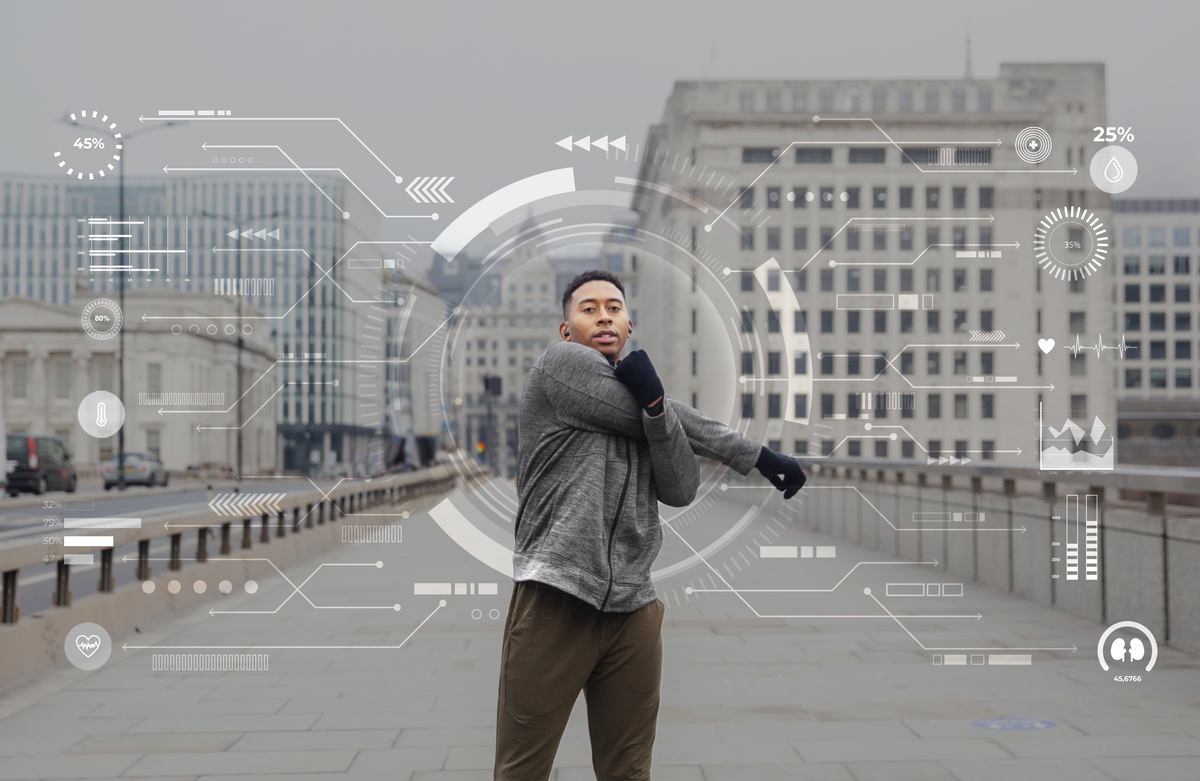
Benefits and Challenges of Implementing IoT Sensors
Technology is advancing quickly, and this has led to the introduction of creative solutions that improve our daily life. One such innovation is the Internet of Things (IoT), which has completely changed how systems and gadgets interact and communicate. Due to their capacity to gather and send data, IoT sensors in particular have drawn considerable attention, enabling a variety of applications across industries.
We will examine the advantages and difficulties of using IoT sensors in this section, highlighting both their transformational potential and the difficulties they entail.
- Data-Driven Decision Making: IoT sensors produce enormous amounts of real-time data that offer insightful information. Making educated judgments and streamlining processes are all possible with the assistance of this data. IoT sensors, for instance, may monitor equipment performance in production, forecast maintenance requirements, and avert expensive breakdowns.
- Enhanced Operational Efficiency: IoT devices provide automation and simplify processes, increasing efficiency. Businesses can locate bottlenecks, enhance resource allocation, and lower downtime by tracking and analyzing data.
- Improved Safety and Security: IoT sensors are essential for improving safety and security in a variety of contexts. Wearable IoT sensors can monitor vital signs, spot irregularities, and send out real-time notifications in the healthcare industry, enabling quick medical response. By offering real-time monitoring, surveillance, and alarms for unlawful access, IoT sensors can also improve home security.
- Energy Efficiency and Sustainability: IoT sensors improve energy efficiency and lower waste to support sustainable practices. These sensors can track occupancy levels in smart buildings, modify lighting and temperature settings accordingly, and pinpoint potential energy-saving opportunities. IoT sensors provide smart grid management in the energy sector, enabling effective distribution, load balancing, and integration of renewable energy sources.
- Privacy and Security Concerns: As more and more devices become connected, protecting data privacy and security becomes crucial. Sensitive data is collected by IoT sensors, and any flaw in the system might result in data breaches and privacy violations. To safeguard data and uphold user confidence, it is crucial to adopt strong security mechanisms including encryption, secure authentication, and routine upgrades.
- Cost and Return on Investment (ROI): For both businesses and people, the expense of adopting IoT sensors and the related infrastructure and upkeep can be a major barrier.
- Careful consideration of the advantages and long-term savings connected with the sensors is required when calculating the return on investment and defending the implementation expenses. Government incentives, low-cost solutions, and ROI that have been demonstrated can all aid in overcoming this obstacle.
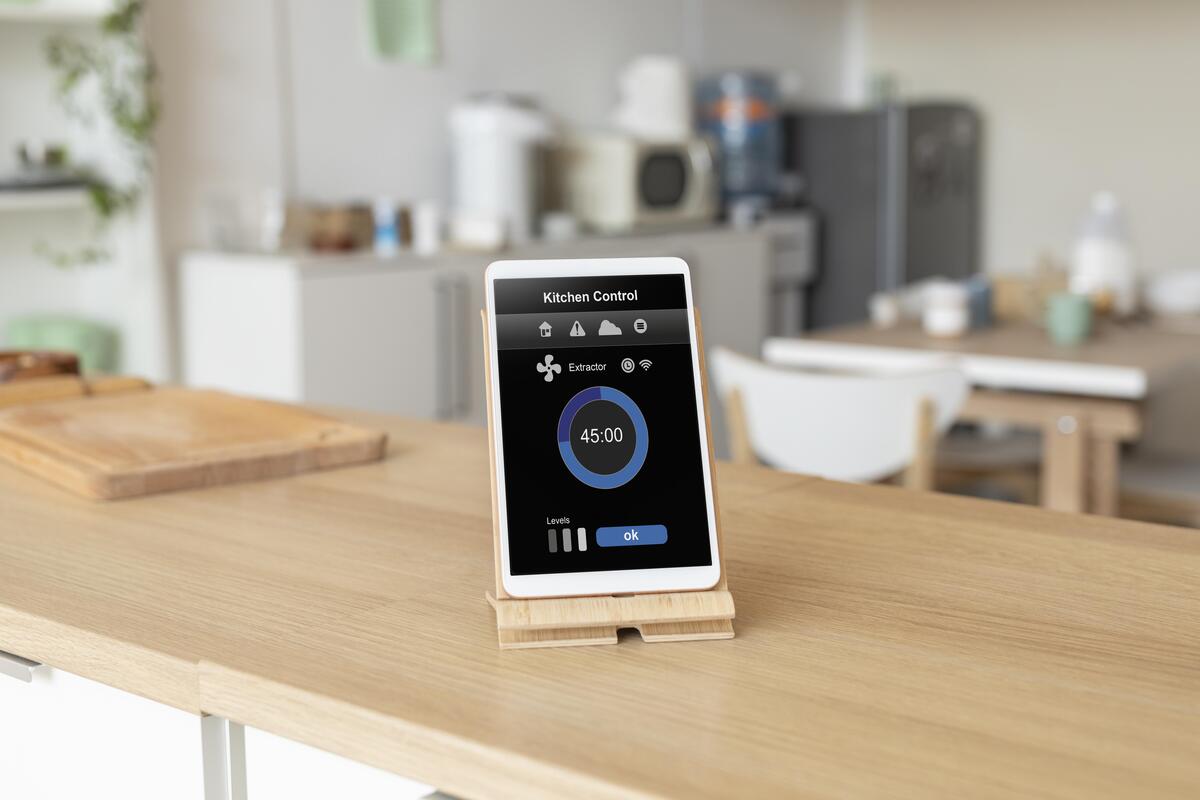
GDPR and IoT: Balancing Innovation and Privacy
The adoption of the European General Data Protection Regulation (GDPR) had a global impact on the industry. It exposes all companies and public administrations that process personal data collected in Europe to massive legal and financial risks: non-complying companies are exposed to fines of up to 20 million Euros or 4% of their worldwide turnover, whichever is the highest.
Moreover, Internet of Things (IoT) deployment in smart cities brings an additional risk: reputational and political risk. In many countries, a mayor that would be suspected of spying on its citizens by deploying Internet of Things solutions in public space would probably face political turmoil and difficulties to be re-elected.
In a more subtle manner, the GDPR requires that all European data controllers select data processors that are fully compliant with the GDPR, regardless of their location. This implies that non-complying data processors are likely to be excluded from the European market. IoT service providers storing and/or processing data in the Cloud are likely to be impacted by this regulation.
In such conditions, ensuring that IoT solutions deployed are fully compliant with the applicable data protection regulations is of utmost importance. We can identify three sets of needs and demands emerging from this new regulatory paradigm:
- The need to identify, assess and minimize the risks related to non-compliance with the GDPR, by performing a systematic gap analysis and addressing any identified non-conformity.
- The need to express the willingness of a company to comply with the GDPR, by adopting a code of conduct, a seal, or a contractually binding commitment.
- The need to demonstrate GDPR compliance, for instance through independent third-party assessment and certification.
The GDPR adoption will require a general effort to align a myriad of products and services with the new regulation, including IoT sensor deployments. Data controllers and processors have a strong incentive to ensure compliance with the regulation and to demonstrate their compliance by certifying their products and services. The UPRAAM in-depth evaluation tool, the EuroPrivacy certification scheme, and Privacy Pact are examples of emerging solutions to ensure and demonstrate compliance with privacy and personal data protection.
These solutions have been designed to specifically address the European requirements, but they can easily be applied in other regions. While the GDPR has been perceived as a major challenge by the industry, demonstrating personal data protection may also be an opportunity to increase the level of trust in IoT deployments and is probably an unavoidable requirement to obtain market acceptance for massive IoT sensor deployments.
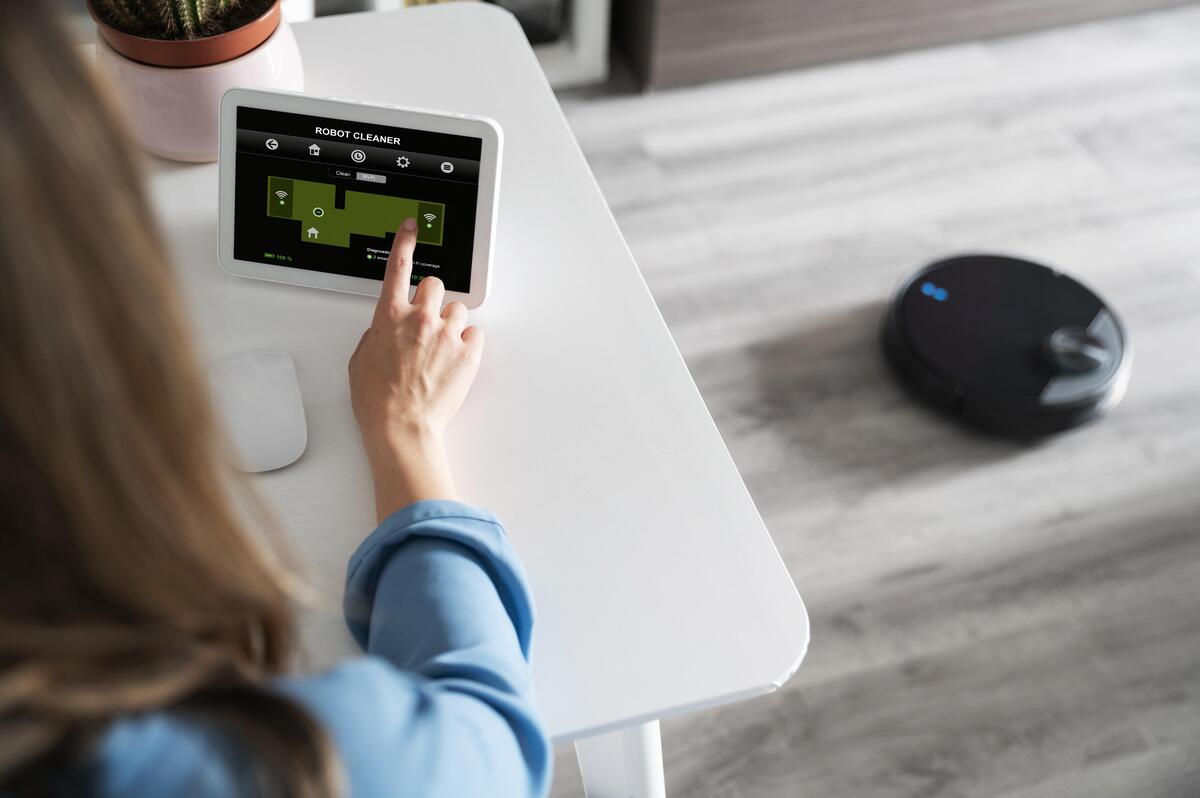
Case Study: Effective Use of IoT Sensors in Construction
Publications are selected with a focus on relevant practical used cases in the construction sector and provide relevant “proof of concepts” of practical implementation of Internet-of-Things to facilitate its uptake in the construction industry.
Structural health monitoring (SHM) involves monitoring and assessing the condition of a structure under working conditions by tracking parameters like stress, strain, vibrations, etc. The emergence of IoT sensor has simplified the manual, laborious task of manual data collection which is inefficient and slow. The collection of real-time data on structures can be easily done by installing sensors and actuators in the structures in order to improve the overall performance.
Smart cities use IoT sensor devices such as connected sensors, lights, and meters to collect and analyze data. The cities then use this data to improve infrastructure, public utilities and services, and more.
A smart home is any home that is equipped with smart devices that are interconnected forming a network. These smart devices enable remote operation of the smart home system. Google Home, Amazon Echo Dot, Apple’s Siri, etc. form a smart home hub where a number of devices can be connected and remotely operated.
According to the US Department of Transportation, “Intelligent Transportation Systems (ITS) apply a variety of technologies to monitor, evaluate, and manage transportation systems to enhance efficiency and safety.” The installation of smart sensors, GPS based tracking systems can improve the overall performance of transportation systems. With the help of IoT-enabled devices, real-time data of the exact locations, expected time of arrivals, delays, etc can be obtained thereby improving traffic efficiency and reducing traffic problems.
Damage detection of structures Smart sensors can be installed in structures or underground mines to predict various parameters like stress, strain, settlements, or even seismic activities. This kind of timely detection and continuous monitoring can help prevent or minimize the failures of assets.
Project Safety Platform Use of IoT-enabled sensors and wearables in the construction site will improve the safety and efficiency of the workforce thereby increasing productivity. IoT sensor can be used to obtain real-time data on construction sites regarding harsh working environments, diagnosing and predicting failures, accidents, mishaps, etc. In case of threats or any such incidents, emergency evacuation procedures, preventive measures or rescue activities can be performed immediately.
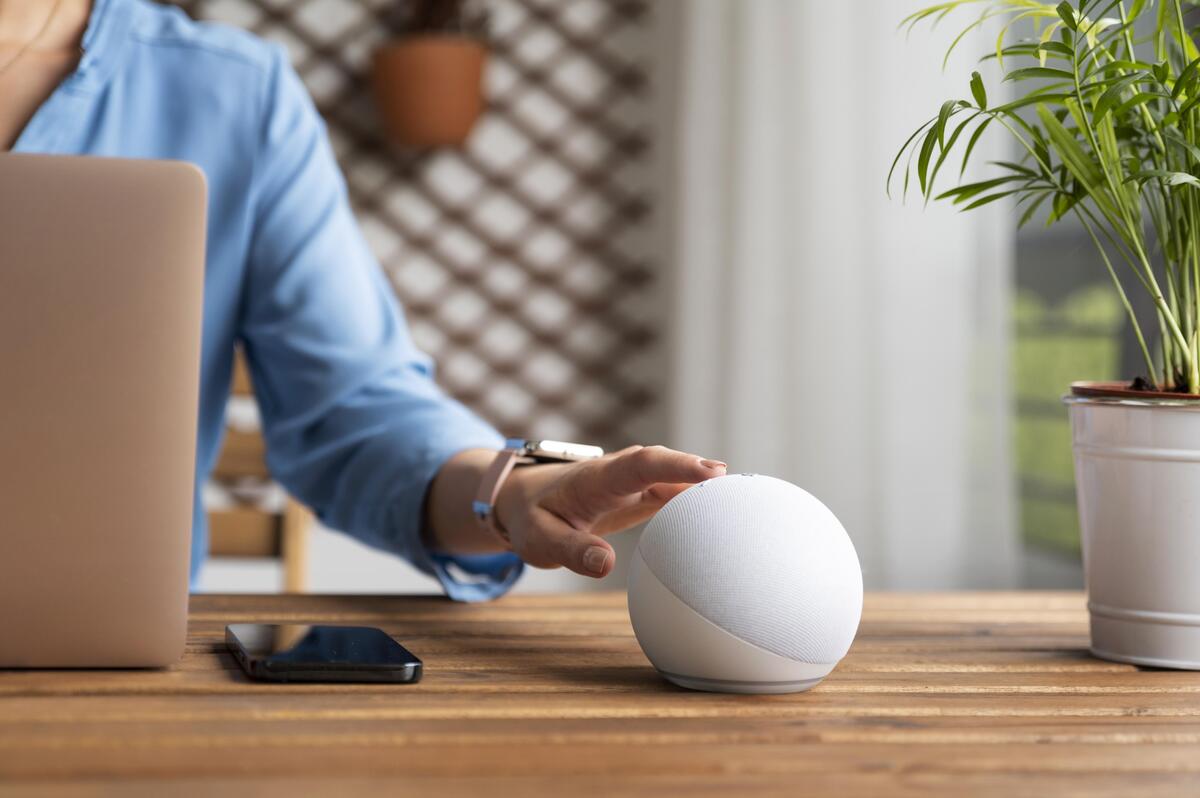
Future Trends and Predictions for IoT Sensors
The Internet of Things (IoT) has already revolutionized the way we interact with technology, and it continues to evolve rapidly. In the realm of IoT sensors, here are some future trends and predictions:
Further development of thermoelectric energy harvesting is faced with the challenge of increasingly expensive BiTe material, due to its limited availability and the use of tellurium in solar cells. This fact calls for the development of low-cost thermoelectric materials with an improved figure-of-merit ZT. A range of low-cost thermoelectric materials, for example, Heusler compounds, skutterudites, and clathrates, have been investigated. Moreover, having shown a significantly reduced thermal conductivity, various nanostructured low-dimensional materials, such as nanowires and superlattices, have become more popular, particularly in academia.
To develop commercial applications of vibration energy harvesters, additional efforts towards the development of dedicated power conditioning electronics are ongoing. The design of new concepts for low-frequency or broadband vibrations has also become an active subject. The reliability of MEMS-based devices needs to be investigated. For piezoelectric MEMS devices, the development of high-performance thin film materials is a hot topic as well.
Given the proven feasibility of realizing miniature rectennas for sensors, current research is aimed at integrating rectennas into wireless autonomous sensors. The rectennas will be used for charging batteries or capacitors. Using the same antenna both for energy harvesting and for data communication is necessary to keep the sensor small.
Additionally, the integration of an energy harvesting antenna, communication antenna, and battery is currently being evaluated. Energy storage systems still have a large space for further improvement and exploration. The development and application of new electrode materials can help to increase energy density. Next, optimized packaging can also enhance the energy density of supercapacitors and batteries. A large part of the volume of an energy storage device is nowadays occupied by inactive parts, like substrate, barrier, packaging, and other materials that do not directly fulfill an active role in energy storage.
Suggested article for reading:
The Top 7 Green Architecture Projects
important construction technology in 2024
7 Important Building Technology Ideas for 2024
Resources:
Built in | Forbes | TE Connectivity | IoT Analytics | Tech Target |
Books:
- Chandrasekar Vuppalapati-Building Enterprise IoT Applications-CRC Press (2020)
- Ziegler, Sébastien-Internet of Things Security and Data Protection-Springer Nature (2019)
- David Hanes And Gonzalo Salgueiro – Iot Fundamentals Networking Technologies, Protocols, And Use Cases For The Internet Of Things-Pearson India (2017)
For all the pictures: Freepik


